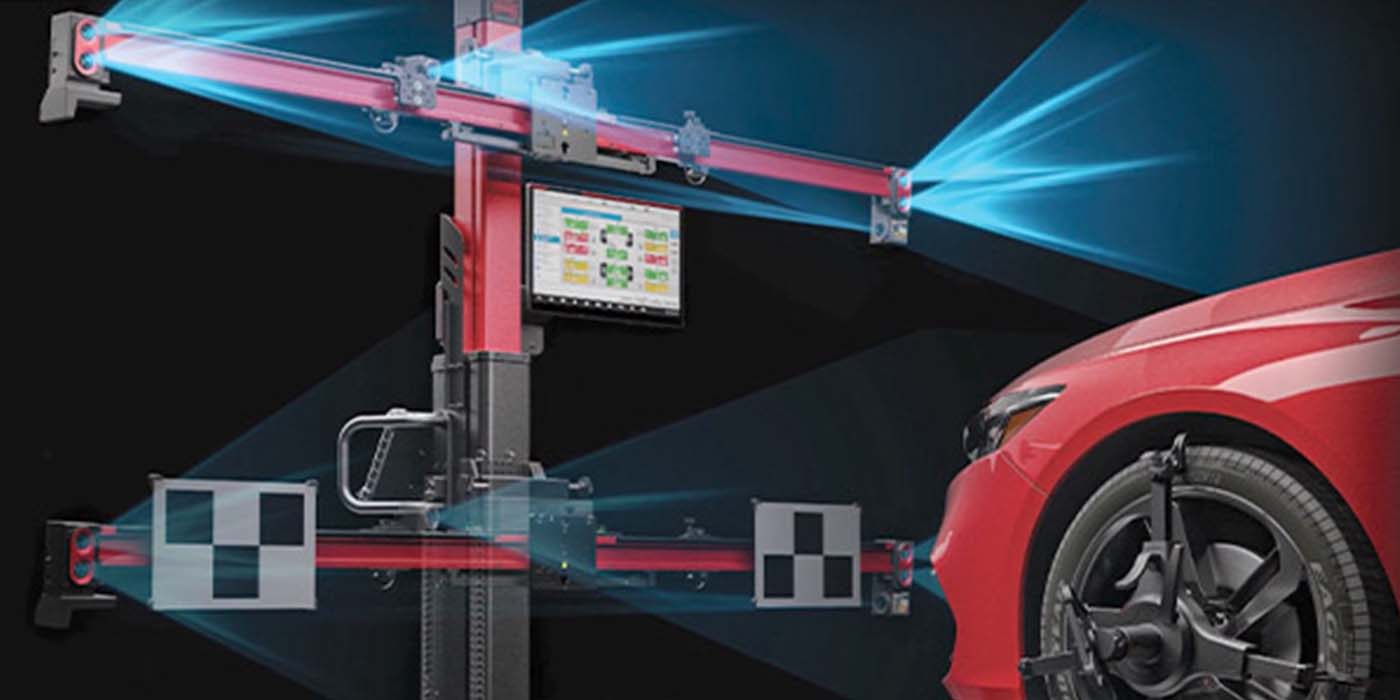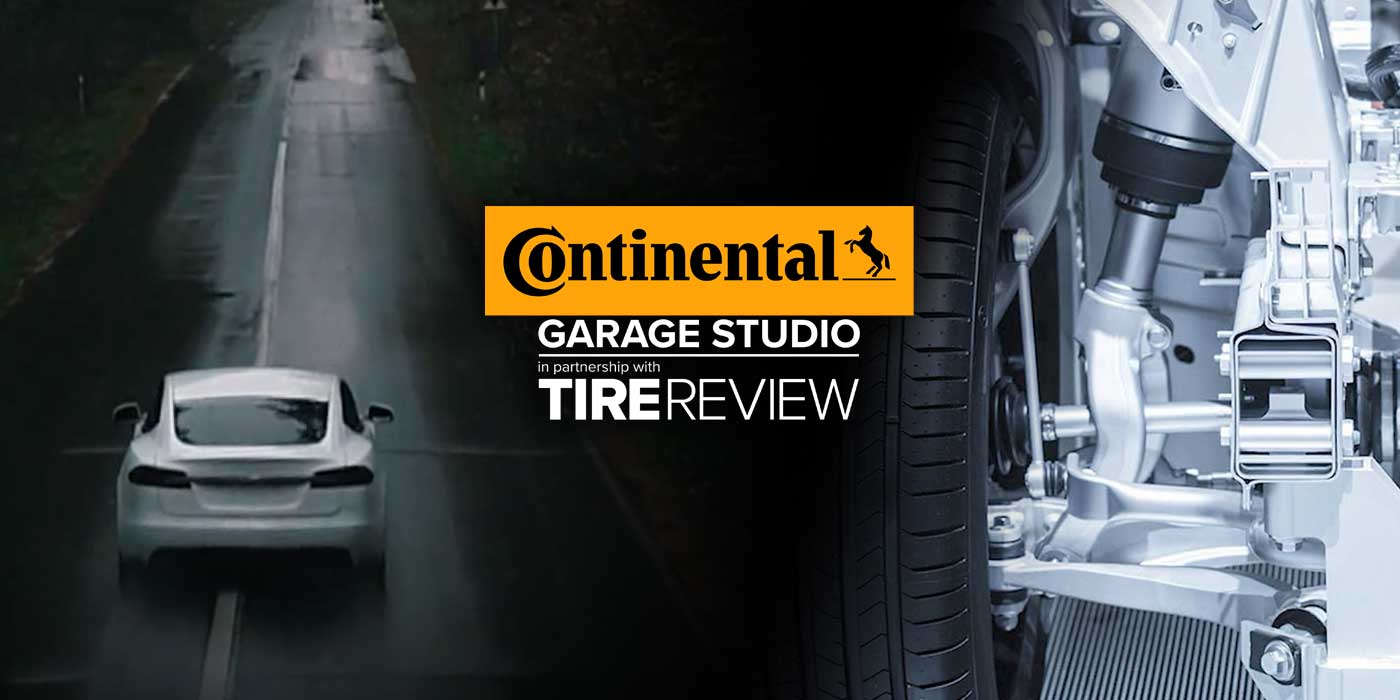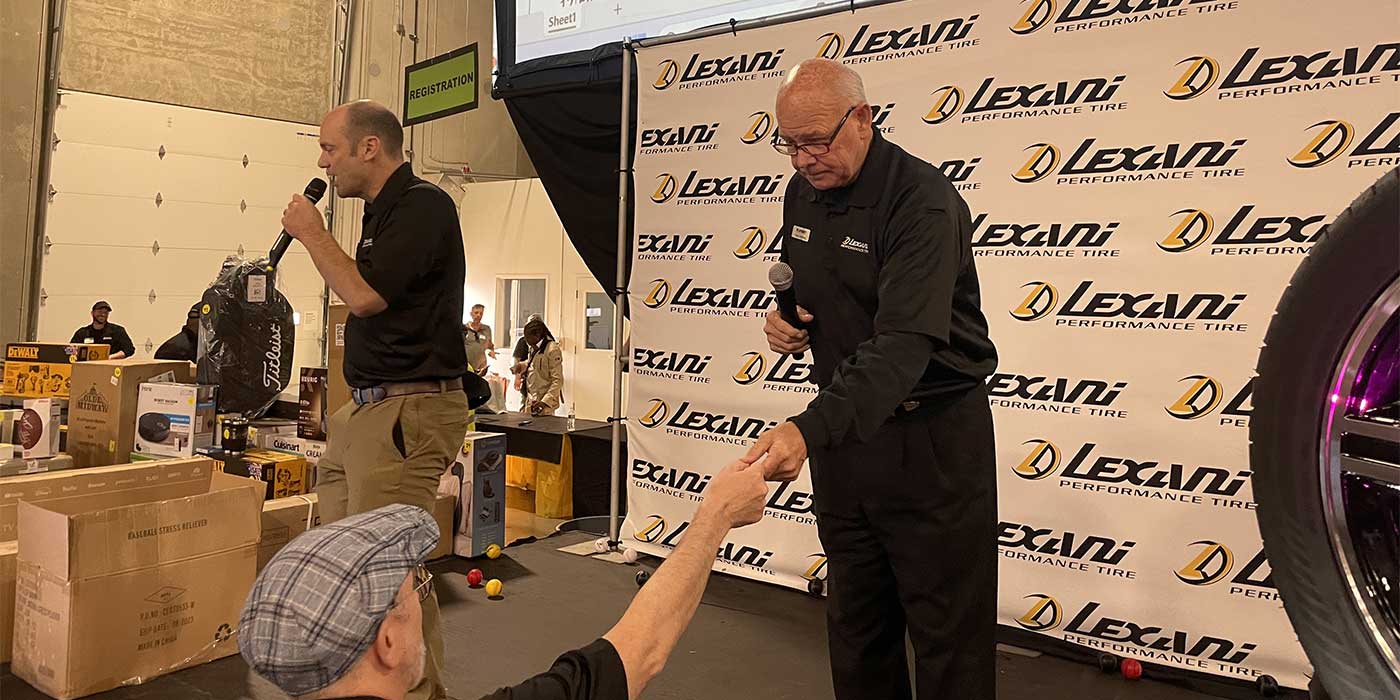As technicians, you rely on being able to inspect what you’re working on. However, with TPMS, the signals are invisible radio waves. How the heck do you work on something you can’t even see? Let’s examine the science behind TPMS sensor signals to see how these sensors transmit their vital information.
TPMS sensors broadcast using extremely faint electromagnetic waves that radiate outward in all directions. These signals bounce off the vehicle itself and the surrounding environment before eventually reaching the receiver antenna location, which could be located on the windshield, in the wheel well, or in other spots.
The frequencies used are low – typically 315MHz or 433MHz. Unfortunately, this range of the radio spectrum gets crowded with interference from other commonplace devices like key fobs and garage door openers operating on the same channels. It’s like multiple people talking over each other. How do you cut through that noise?
Some automakers are exploring different wireless protocols like Bluetooth for future TPMS applications. Tesla has already implemented Bluetooth sensors on the Model Y as of 2021, though details are limited. Bluetooth could also enable additional sensor capabilities beyond just pressure, such as monitoring the tire’s contact patch with the road.
But how do the current sensors know when to transmit data? They don’t just continuously broadcast nonstop, that would quickly drain the battery. Most use a motion detector to awaken when wheel rotation begins. Once active, they send the tire pressure reading at predetermined intervals set by the manufacturer. An immediate signal is also triggered if a sudden air loss is detected.
The sensors themselves don’t receive any incoming signals on the 315/433MHz frequencies. Instead, they are “pinged” by a 125MHz activation signal from either the TPMS tool or the vehicle to prompt the transmissions we read on the tool.
Some vehicles will automatically ping the sensors when the ignition is turned on, immediately alerting your customer to any underinflated tires before driving off.
When a sensor does transmit, it first broadcasts a unique ID code to identify itself to the receiver module. It then sends the tire’s pressure reading, and on some systems, it includes the sensor’s temperature reading as well.
With this deeper understanding, we can apply smart diagnostic strategies. Always perform sensor relearns away from other sources of interference. If a tool struggles to pick up a sensor’s signal, try rolling the vehicle to reposition it. If a tool’s activation pulses aren’t triggering a response, attempt to induce your own by deflating the tire.
While the invisible nature of TPMS operation may seem difficult to diagnose, understanding the signal patterns, frequencies and wake-up behaviors involved is key for effective diagnosis and repair. Following the proper testing procedures and reviewing service information is crucial to resolving stubborn TPMS issues.
Don’t forget to follow us on Instagram and Facebook and subscribe to our YouTube channel for more tire, service and shop operations videos.













